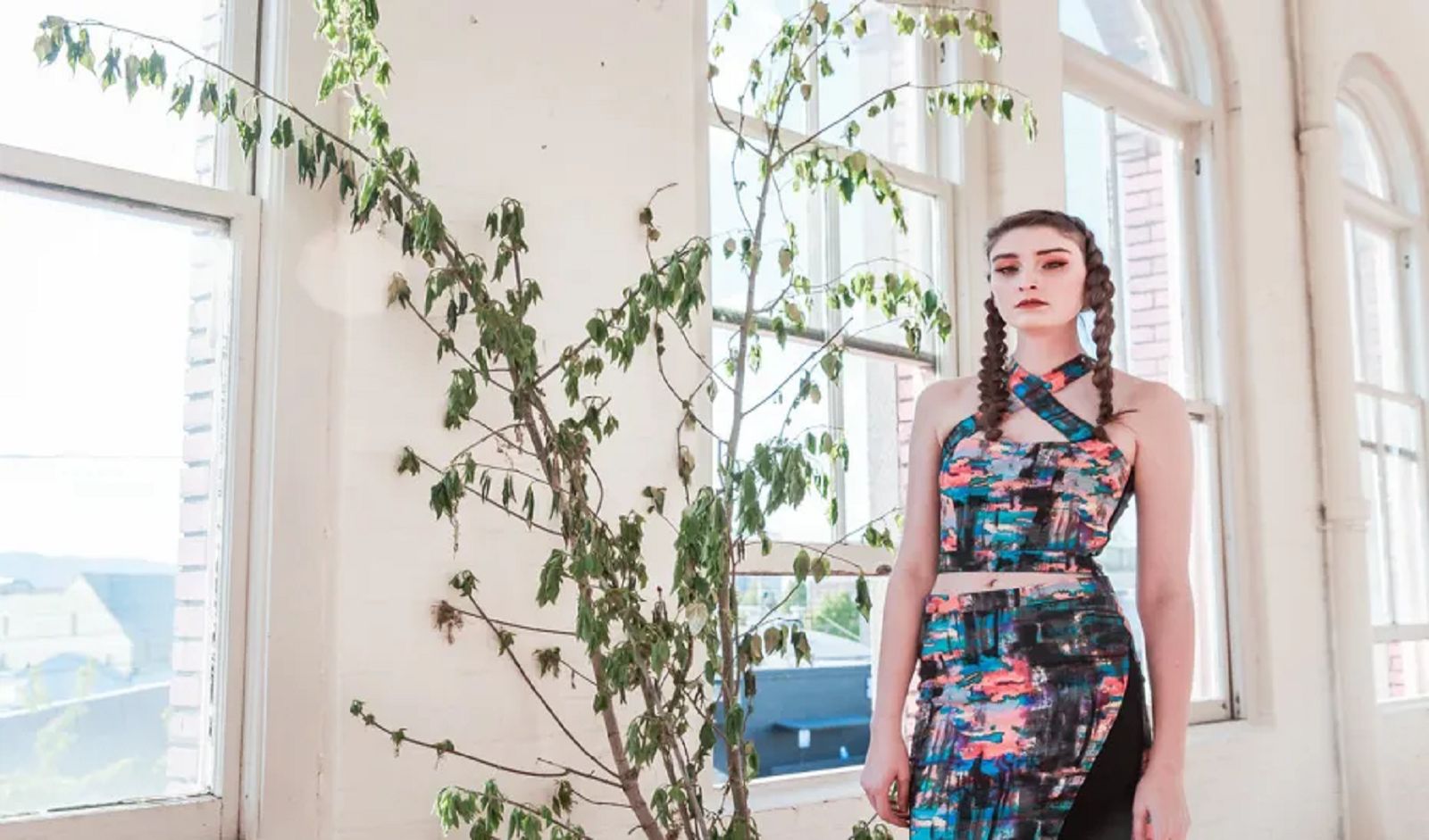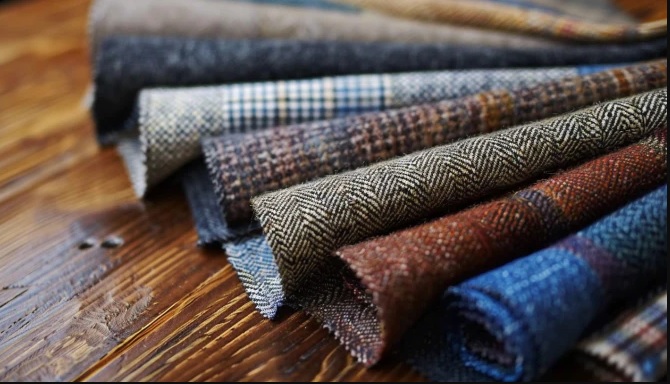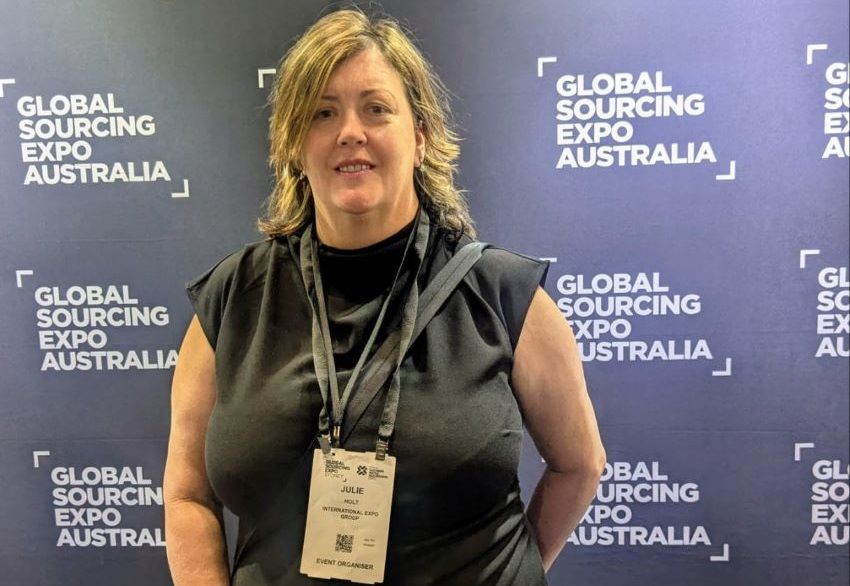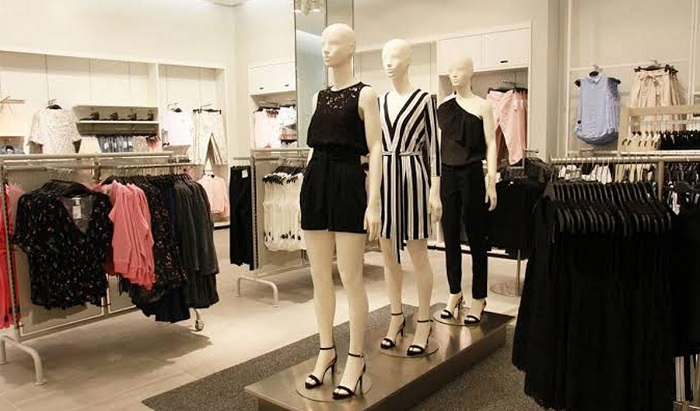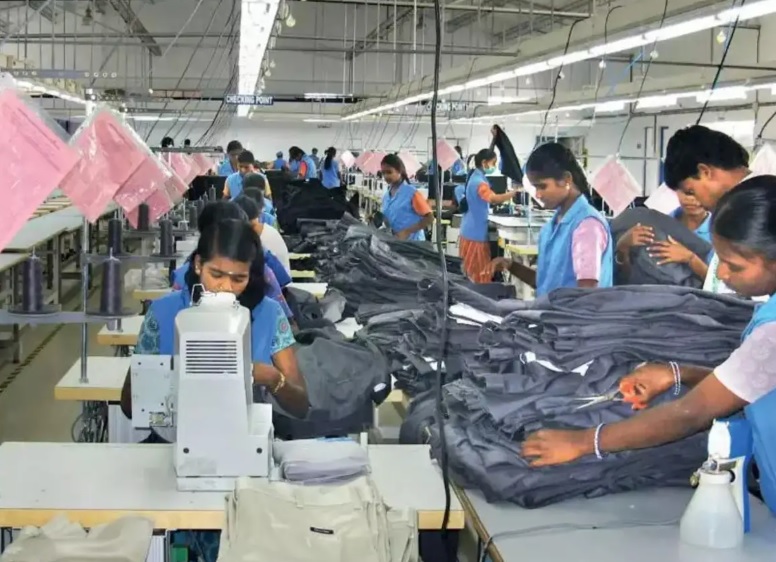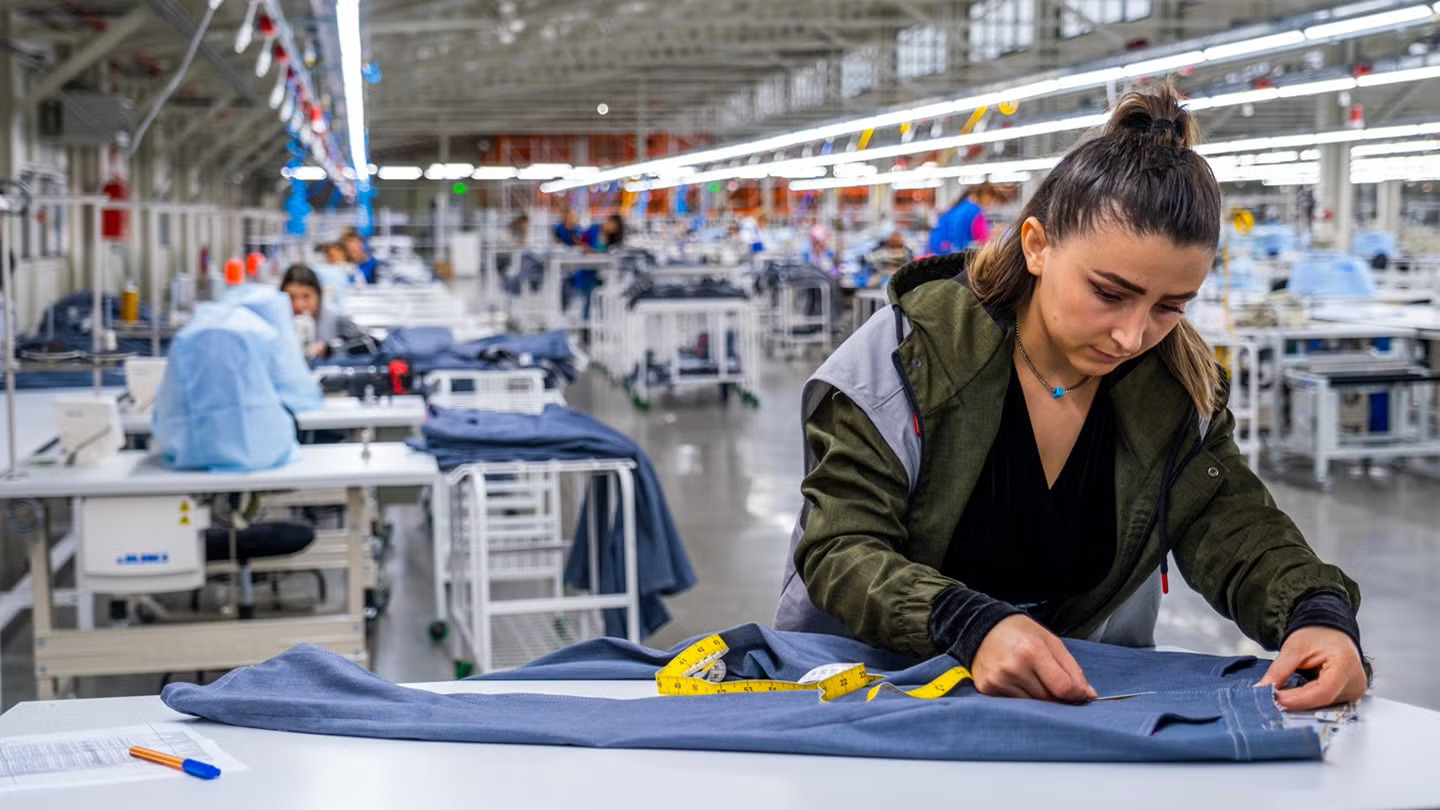
The once looked-down upon as the poor woman’s go-to, second hand fashion is no longer the poor country cousin but all the rage as societal changes are amply clear about today’s aware and evolved consumers habits, their relationship with ownership of material things and their buying behavior. These factors have not only challenged the fashion sector’s attitude but more importantly, their business models. The circular economy perspective is gaining followers in the market beyond a simple trend and studying the prediction, fashion brands are gearing up to close the loop.
Second-hand fashion market to be $ 64 billion next year
The second-hand market is expected to hit $64 billion in 2024, overtaking the tradition thrift and donation segment, according to Thredup’s Annual Resale Report in partnership with GlobalData. Forbes Magazine predicted that by 2025, resale of fashion goods, such as sneakers and other collectibles, could reach $6 billion in sales. What these figures show is an obvious statement - the resale market is growing from strength to strength and here to stay. Thanks to Internet and digital ventures through all fashion segments, resale fashion will become bigger and not be dismissed as a passing fad of activism. It is not only a shift inside the consumer’s process of product acquisition equation, it is a rediscovery of the value of things made to last, at least longer, and completely opposed to fashion’s rapid obsolescence.
Resale, vintage fashion, or the second-hand market have been around for ages and as concepts are not new at all. However, these clothing items did not have the exposure or the visibility to a wider audience who could appreciate their value and want to own such pieces. The ease of e-commerce, peer-to-peer exchanges, or even auction services, the consumer has found a valuable offer of clothing and accessories to buy compared to the full-price market. Additionally, when consuming second-hand, the customers are cultivating a responsible commitment to sustainability and curbing wasteful consumption.
Sustainability through circular fashion
KirsiNiinimäki, the reputable Finnish researcher of the Fashion/Textiles Futures research group says that a circular economy approach in the fashion industry aims to develop a more sustainable and closed-loop system where the goal is to extend the use- time of garments and maintain the value of the products and materials as long as possible. She adds that in the circular economy it is necessary to take a system perspective on fashion’s valuable supply chain, including all members as designers, producers, manufacturers, business entrepreneurs and of course, the customer. in March 2020 the European Commission presented the new circular economy action plan under the “European Green Deal”, including proposals on more sustainable product design, reducing waste, and empowering consumers to demand new industrial commitments in resource intensive sectors, such as electronics, plastics, construction, and of course, textiles and fashion.In February 2021, the EU Parliament demanded additional measures to “achieve a carbon-neutral, environmentally sustainable, toxic-free, and fully circular economy by 2050, including tighter recycling rules and binding targets for materials use and consumption by 2030”. Fashion brands are changing their attitudes to ensure they are vested in their commitment to sustainability through circularity. From here on, the focus will change from fashion providing instant gratification to long-lasting relationships with clothing items and follow the less is more principle.
The Real Real and Vestiare Collective champion resale
The San Francisco giant, The Real Real and Paris-based, Vestiaire Collective are a luxury destination for vintage clothing and second-hand luxury items and premium brands that are using the strategy of collaborative consumption. In March 2022, the Kering Group and Tiger Global Management invested a sizeable $ 178 million in financing the Vestiaire Collective reinforcing that second hand fashion is not only going big but profitable.

